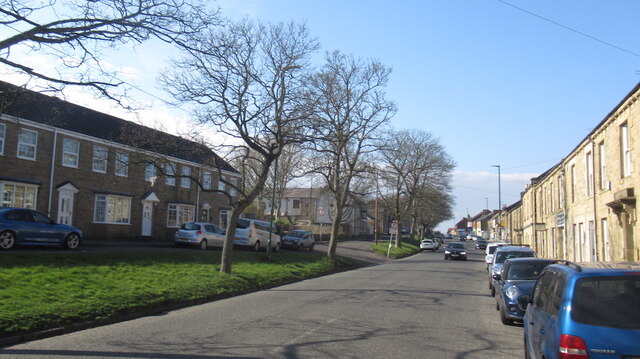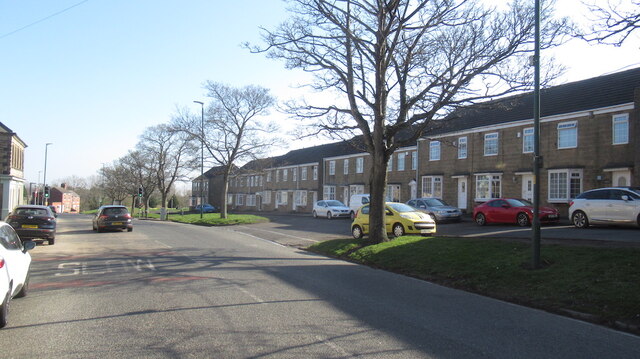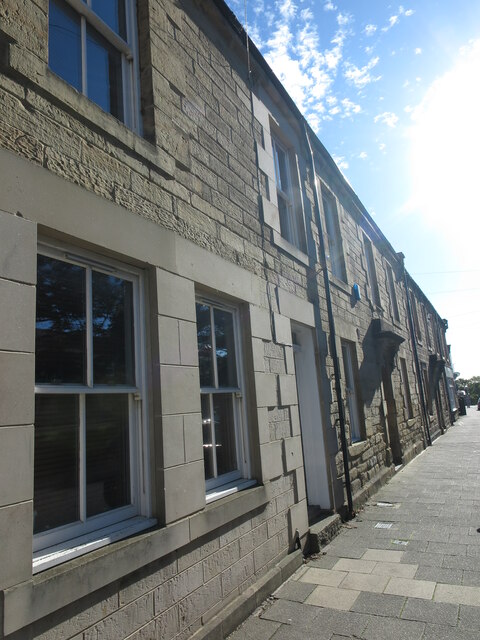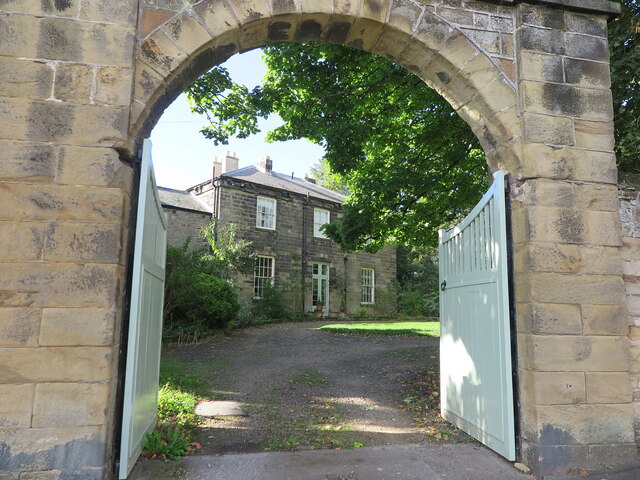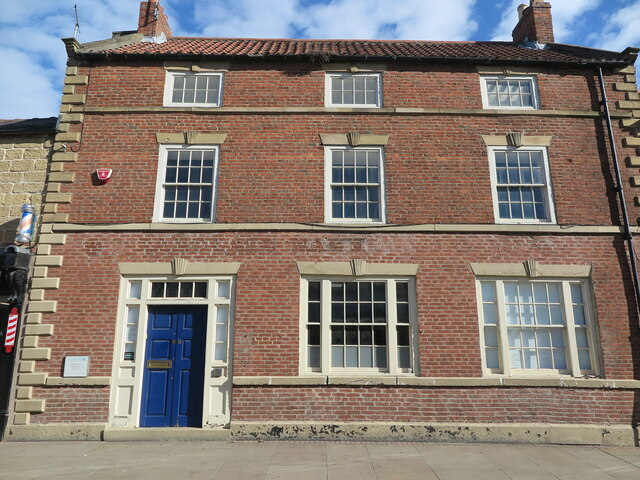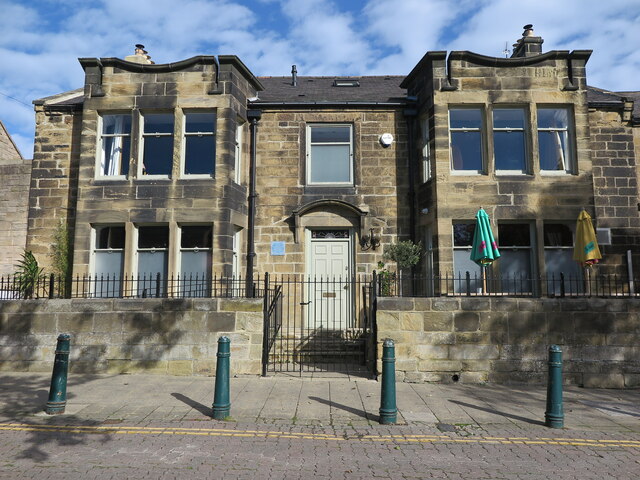Bebside Wood
Wood, Forest in Northumberland
England
Bebside Wood
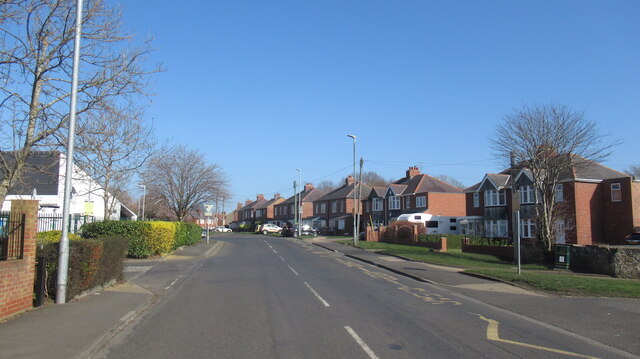
Bebside Wood is a picturesque woodland located in Northumberland, a county in the northeast of England. Covering an area of approximately 20 hectares, this lush forest is a haven of tranquility and natural beauty. It is situated near the town of Blyth, making it easily accessible for visitors and locals alike.
The wood is predominantly made up of broadleaf trees such as oak, beech, and ash, which create a dense canopy that provides shelter and shade. These trees, along with an abundance of undergrowth and wildflowers, contribute to the rich biodiversity found within the woodland.
Bebside Wood is home to a wide variety of wildlife, including numerous bird species, small mammals, and insects. It is a popular spot for birdwatchers, who come to catch a glimpse of species such as woodpeckers, owls, and warblers. The forest floor is also teeming with life, with sightings of rabbits, squirrels, and even deer not uncommon.
The wood offers a network of well-maintained walking trails, allowing visitors to explore its natural wonders at their own pace. The paths wind their way through the forest, offering stunning views of ancient trees, vibrant wildflowers, and occasional glimpses of wildlife.
Bebside Wood is not only a haven for nature enthusiasts but also serves as an important recreational space for the local community. It provides opportunities for hiking, jogging, picnicking, and simply enjoying the serenity of nature. With its natural beauty and diverse ecosystem, Bebside Wood is truly a hidden gem in the heart of Northumberland.
If you have any feedback on the listing, please let us know in the comments section below.
Bebside Wood Images
Images are sourced within 2km of 55.122696/-1.5854499 or Grid Reference NZ2681. Thanks to Geograph Open Source API. All images are credited.
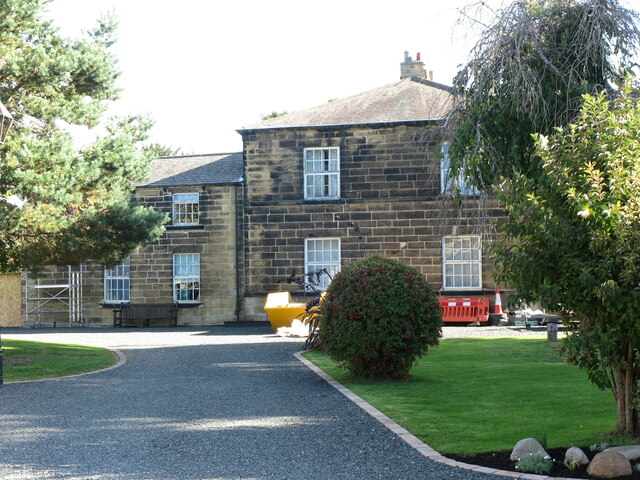
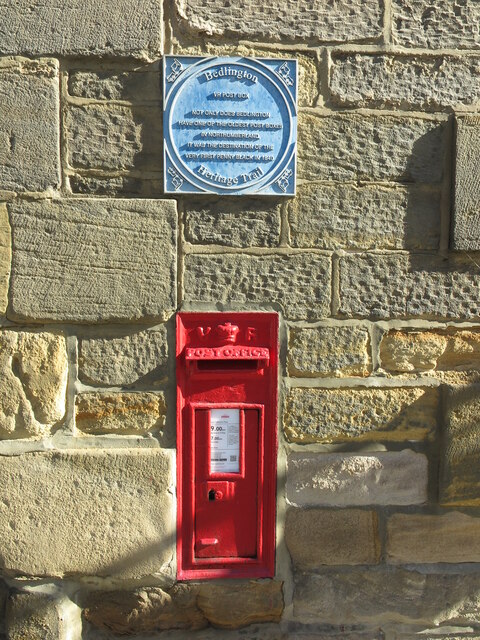
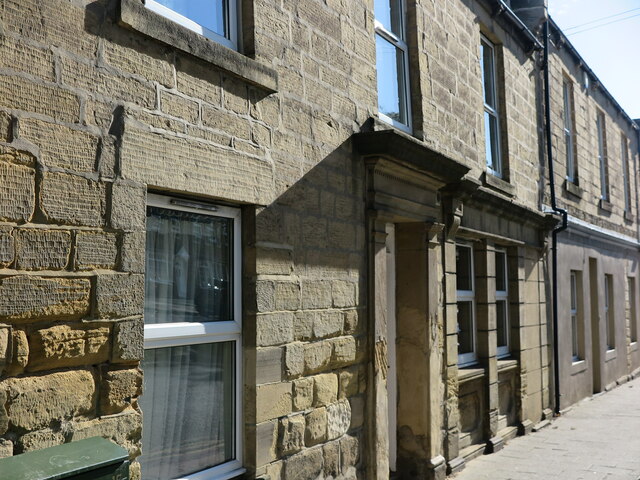
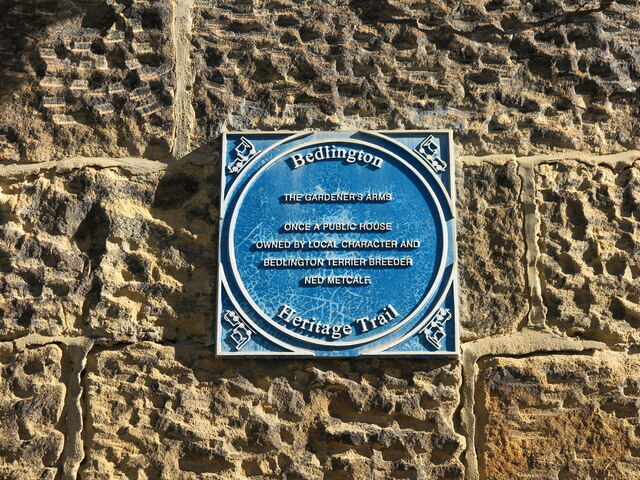
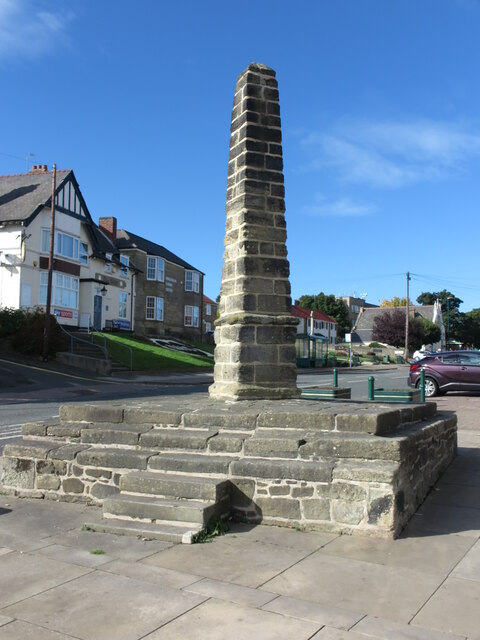






Bebside Wood is located at Grid Ref: NZ2681 (Lat: 55.122696, Lng: -1.5854499)
Unitary Authority: Northumberland
Police Authority: Northumbria
What 3 Words
///binder.commutes.ventures. Near Bedlington, Northumberland
Nearby Locations
Related Wikis
Bedlington Ironworks
Bedlington Ironworks, in Blyth Dene, Northumberland, England, operated between 1736 and 1867. It is most remembered as the place where wrought iron rails...
Bebside
Bebside is a village and former civil parish, now in the parish of Blyth, in Northumberland, in England. It is situated to the west of Blyth. It was formerly...
Bedlington Terriers F.C.
Bedlington Terriers Football Club is a football club based in Bedlington, England. The club are currently members of the Northern League Division Two and...
Bedlington
Bedlington is a town and former civil parish in Northumberland, England, with a population of 18,470 measured at the 2011 Census.Bedlington is an ancient...
St Benet Biscop Catholic Academy
St. Benet Biscop Catholic Academy (formerly S. Benet Biscop Catholic High School) is a Roman Catholic high school in Bedlington, Northumberland, England...
Bebside railway station
Bebside railway station was a railway station that served the village of Bebside in Northumberland, North East England from 1850 to 1964. It is proposed...
Bedlington Academy
Bedlington Academy (formerly Bedlingtonshire Community High School) is a coeducational secondary school and sixth form in Bedlington in the English county...
Horton, Blyth
Horton is a former civil parish, now in the parish of Blyth, in Northumberland, England, about 2 miles (3 km) west of Blyth, and south of the River Blyth...
Nearby Amenities
Located within 500m of 55.122696,-1.5854499Have you been to Bebside Wood?
Leave your review of Bebside Wood below (or comments, questions and feedback).
